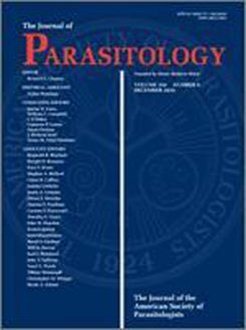Morphological and molecular evaluation of tapeworms of the genus Bothriocephalus Rudolphi, 1808 (Cestoda: Bothriocephalidea), based on newly collected and uniformly fixed worms from freshwater fishes in Canada and the United States has revealed unexpected diversity. With a combination of selected morphological features and 4 molecular markers (18S rDNA V8 region, ITS1, ITS2, and COI gene sequences), the following morphotypes and lineages of the Bothriocephalus cuspidatus Cooper, 1917 complex were identified, several of which are specific to their respective fish definitive hosts and may represent separate species: B. cuspidatus sensu stricto from walleye, Sander vitreus (type host), which likely includes a miniature morphotype from Johnny darter, Etheostoma nigrum (both Percidae); Bothriocephalus morphotype from pumpkinseed, Lepomis gibbosus (Centrarchidae); and Bothriocephalus morphotype from rock bass, Ambloplites rupestris (Centrarchidae). The Bothriocephalus morphotype from goldeye, Hiodon alosoides (Hiodontidae), may also represent a separate lineage (possibly Bothriocephalus texomensisSelf, 1954) but requires additional studies. A morphotype from smallmouth bass, Micropterus dolomieu, based on a single specimen, is morphologically and genetically very similar to the morphotype from rock bass. Morphological study of the scolex and strobila of heat-killed and fixed specimens has revealed consistent differences, often subtle, that allowed us to differentiate between these morphotypes.
How to translate text using browser tools
15 September 2020
Ex Uno Plures? Morphotype and Lineage Diversity of Bothriocephalus (Cestoda: Bothriocephalidea) in North American Freshwater Fishes
Anindo Choudhury,
Tomáš Scholz
ACCESS THE FULL ARTICLE

Journal of Parasitology
Vol. 106 • No. 5
September 2020
Vol. 106 • No. 5
September 2020
Bothriocephalus
Cestoda
diversity
freshwater fishes
host specificity
North America
tapeworms




